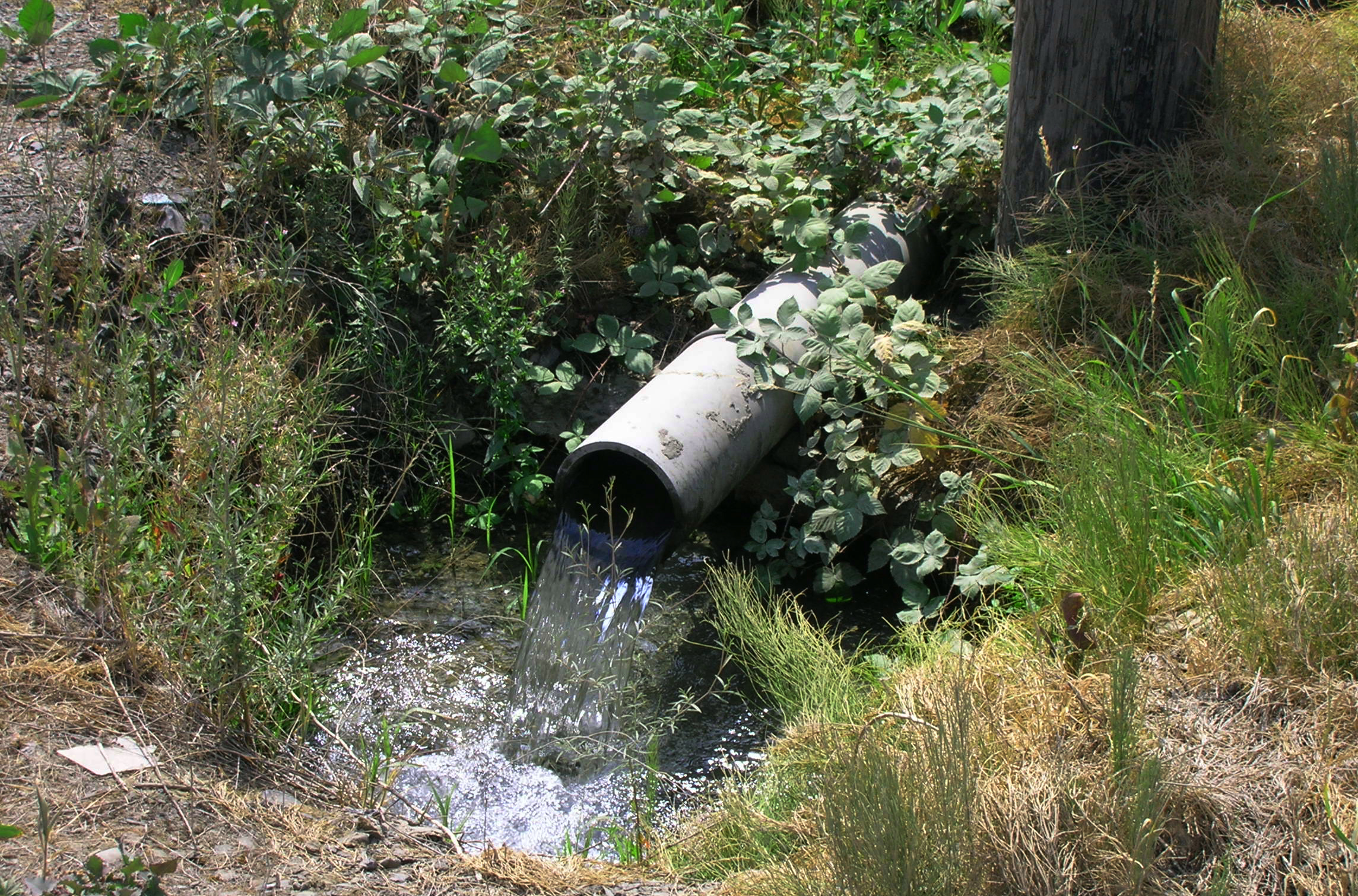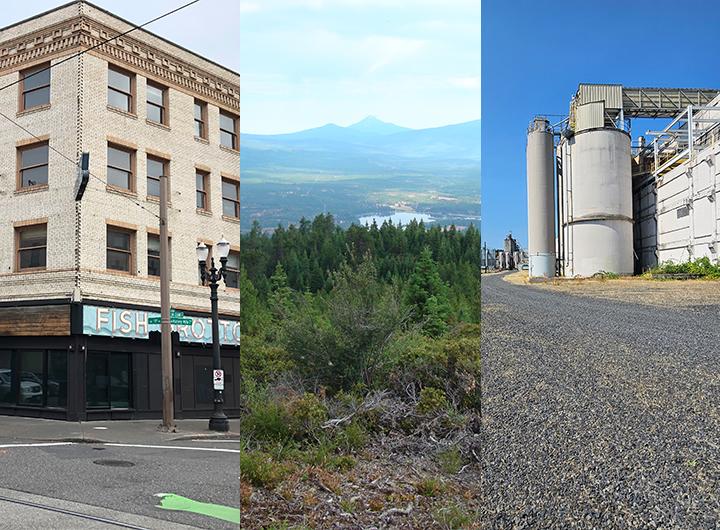Thought Leadership
Oregon’s New 1200-Z Industrial Stormwater Discharge Permit: What You Need to Know

The renewed 1200-Z Industrial Stormwater Discharge Permit (Permit) has been issued, and there are quite a few changes that Oregon industries must wrap their heads around before the Permit becomes effective on July 1, 2021.
We’ve summed up the main Permit changes below to help pinpoint what you need to know. Our knowledgeable staff would be happy to discuss how the new Permit will affect your facility, so do not hesitate to reach out!
STORMWATER POLLUTION CONTROL PLAN UPDATES
First, your Stormwater Pollution Control Plan (SWPCP) must be updated to reflect the new Permit by August 31, 2021. The Permit does not require significant updates to the SWPCP. However, we recommend that you review the document closely to make sure the description of industrial activities, pollutants, and control measures still reflects what you do on site and submit the SWPCP to the Oregon DEQ or their Agent by the August 31 deadline.
NEW BENCHMARKS
One of the major Permit changes is the new benchmarks—some are going up and some are going down (and some stay the same), depending on the georegion and parameter. The following table summarizes the changes to the benchmarks.

If you’re unsure which region you’re in, check DEQ’s map.
Be sure to check your industry sectors for changes to sector-specific benchmarks and Permit requirements.
Visual Observations of the Discharge
The Permit still requires monthly visual observations of stormwater discharging from the monitoring points and substantially similar discharge points, even if a monitoring waiver is granted. However, these observations must now be made by collecting a sample in a clear container and observing it in well-lit conditions. You can no longer look into a deep, dark manhole to try to see sheen!
INFILTRATION FACILITIES (MASS-REDUCTION MEASURES)
One of the best new terms of the Permit is that infiltration facility overflows do not have to be sampled if they were designed, constructed, and maintained consistent with Tier 2 requirements.
If you infiltrate stormwater and report “no discharge” on discharge monitoring reports, the next change applies to you! Tier 2 infiltration facilities must be assessed by a professional engineer (PE) or a certified engineering geologist (CEG) to determine whether they are still operating consistent with the Tier 2 design. The assessment must include an infiltration test and a PE- or CEG-stamped certification is due by December 31, 2021. If an infiltration facility requires corrective actions to restore its infiltration capacity, these measures must be completed by September 30, 2022.
Industries that constructed infiltration facilities outside of a Tier 2 corrective action and report “no discharge” may choose to have their facilities assessed by a PE or CEG by December 31, 2021, with corrective actions due by September 30, 2022. If the evaluation demonstrates that your infiltration facility can infiltrate the Tier 2 design storm (at minimum), overflow discharges are exempt from sampling, and you will not have to request monitoring variances or document “no discharge” conditions.
We encourage you to start working with a PE or CEG as soon as possible and complete the infiltration test this summer, so that you will have plenty of time to plan and/or permit the corrective actions (if needed).
MONITORING WAIVERS
All current monitoring waivers expire on July 1, 2021 and sampling resumes in the fall! Monitoring waivers can be requested again if the geometric mean of the last five (up from four) consecutive sample results are at or below the benchmark. The samples must be collected for at least a year (July 1, 2021, to June 30, 2022). Waivers expire again on July 1, 2025.
TIER 2 CORRECTIVE ACTIONS
Tier 2 corrective actions can now be triggered during ANY year, not just the second year of Permit coverage! Tier 2 responses will be triggered by statewide benchmark exceedances only and do not apply to sector-specific benchmarks or impairment pollutants. Tier 2 geometric mean evaluations must be reported with each August 15 discharge monitoring report (DMR), unless a waiver has been granted.
Tier 2 reports still need to be prepared by a PE and will be due by December 31 of the year the action was triggered. The Tier 2 implementation deadline was pushed to September 30 (from June 30), or one year and nine months after the Tier 2 report deadline, allowing more time for design, permitting, and construction!
Facilities that triggered Tier 2 during the current Permit cycle and that implemented or are working toward implementing Tier 2 measures are exempt from triggering Tier 2 during the next cycle—but only for the same parameter/monitoring point.
TIER 1 CORRECTIVE ACTIONS
Tier 1 corrective actions are triggered whenever a statewide or sector-specific benchmark is exceeded or when visual observations of the discharge show signs of pollution.
Tier 1 reports must be filed on site no later than 30 days after receiving the monitoring results or completing the visual observations of the discharge. Tier 1 reports do not have to be submitted to DEQ or their Agent unless requested.
Tier 1 responses do not apply to impairment pollutants.
IMPAIRMENT POLLUTANTS
The Permit establishes reference concentrations (or range) for pH, total copper, lead, and zinc. These concentrations escalate to effluent limits if the following triggering events occur at any monitoring point. (Note: an exceedance of an effluent limit is an enforceable violation of the Permit):
- If two consecutive and qualifying samples exceed the impairment concentration
- If two consecutive and qualifying samples are outside of the permitted pH range
- If any sample result is greater than two times the impairment concentration
DEQ or their Agent must be notified within 30 days of the above triggering event.
If two consecutive and qualifying samples exceed the impairment concentration for E. coli or total iron, the Permit outlines narrative effluent limits (mandatory practices) for reducing E. coli or iron.
IMPORTANT DATES
July 1, 2021 – 1200-Z Stormwater Discharge Permit goes into effect and all existing monitoring waivers expire and sampling resumes.
December 31, 2021 – Infiltration facility evaluation and PE- or CEG-stamped certification due for infiltration facilities.
August 15, 2022 – The first Tier 2 benchmark evaluation is included with the DMR.
September 30, 2022 – Infiltration facility corrective actions deadline.
July 1, 2025 – Monitoring wavers expire and sampling resumes.



